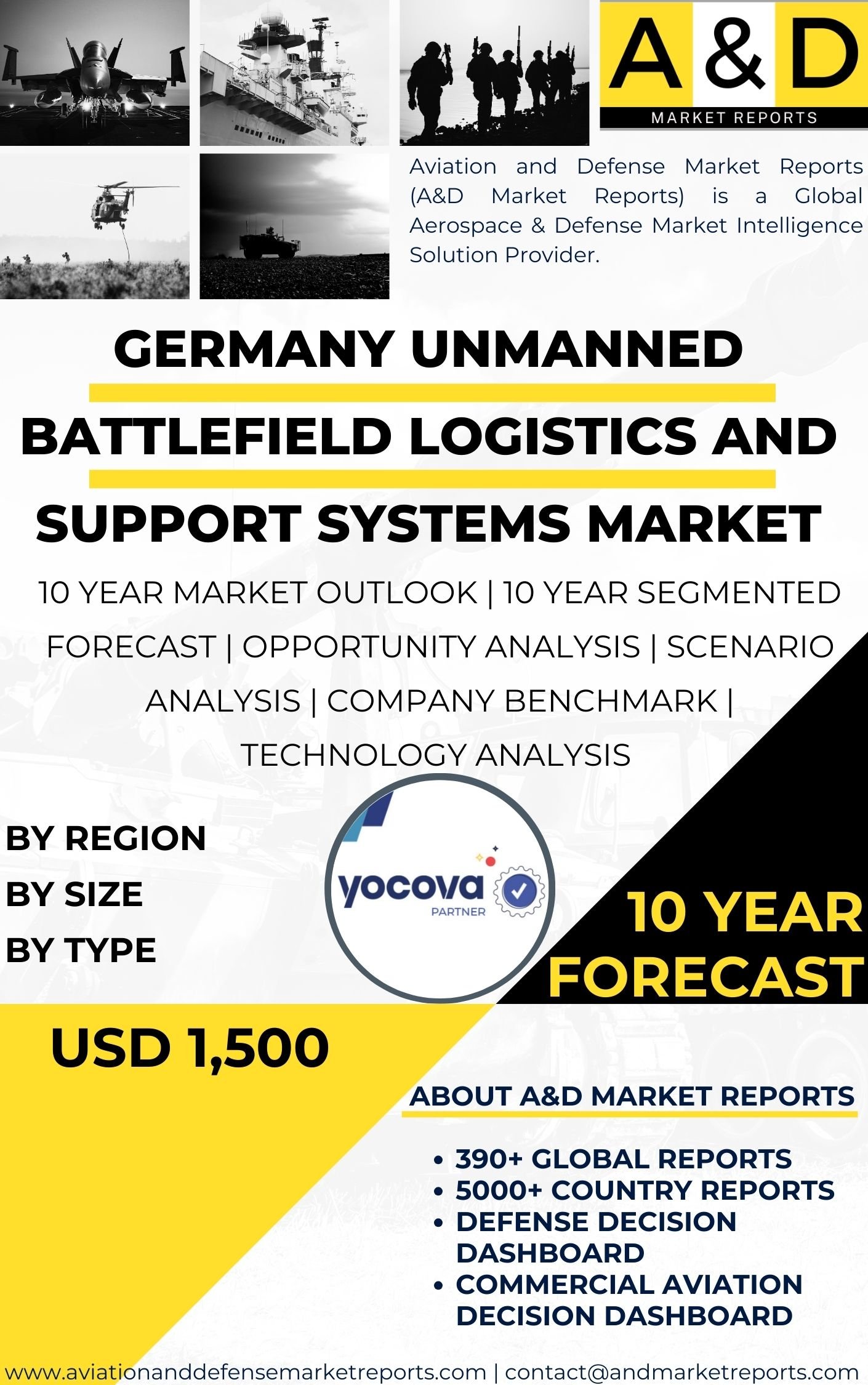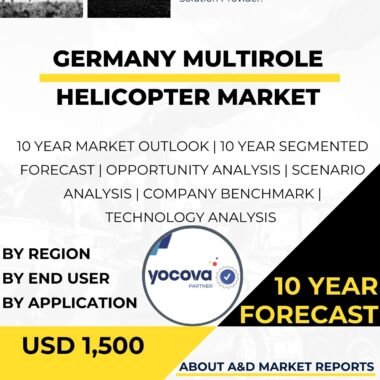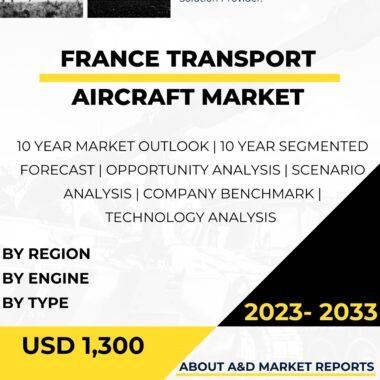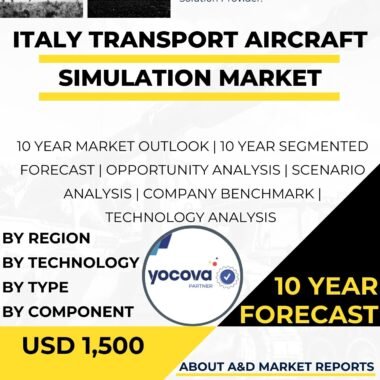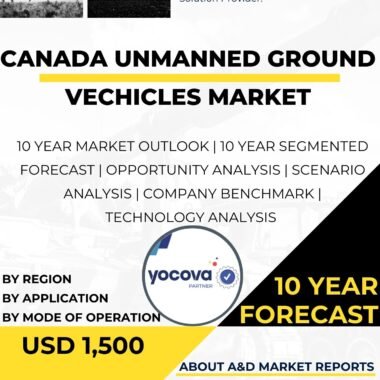Description
Germany unmanned battlefield logistics and support systems market has been a significant and dynamic segment within the country’s defense and military industries. Unmanned battlefield logistics and support systems refer to the use of autonomous or remotely controlled unmanned vehicles and robots to provide critical logistical support and services to military forces in the field. These advanced systems play a crucial role in enhancing Germany’s military capabilities, improving operational efficiency, and reducing risks to personnel during logistics and support operations on the battlefield.
The Germany unmanned battlefield logistics and support systems market is influenced by several factors, including the country’s commitment to national defense, its role as a key member of NATO, and its recognition of the importance of advanced autonomous technologies in modern warfare. As a leading European economy and a technologically advanced nation, Germany understands the significance of investing in cutting-edge unmanned systems to maintain military readiness and meet the challenges of the evolving security landscape.
The market encompasses both domestic production and imports of unmanned battlefield logistics and support systems and related technologies. Germany has reputable defense contractors and technology firms that develop and manufacture a wide range of unmanned vehicles and robots, including unmanned ground vehicles (UGVs), unmanned aerial vehicles (UAVs), and unmanned maritime vehicles (UMVs). Additionally, Germany also collaborates with other countries and imports unmanned systems to benefit from technological cooperation and innovation.
The Germany unmanned battlefield logistics and support systems market is characterized by a focus on innovation and technological advancements. Companies in Germany continuously strive to develop state-of-the-art unmanned systems with improved autonomy, mobility, payload capacity, and communications capabilities. The integration of advanced sensors, artificial intelligence (AI), and data analytics has been a key area of research and development to enhance the performance and versatility of German unmanned logistics and support systems.
The export potential of German unmanned battlefield logistics and support systems is another important aspect of the market. Germany’s reputation for producing high-quality and reliable defense equipment has made it an attractive supplier for other countries seeking advanced unmanned solutions for their military forces. However, export decisions are subject to international regulations and political considerations, especially when it comes to the export of sensitive military technologies.
The Germany unmanned battlefield logistics and support systems market also addresses challenges related to interoperability and integration with existing military platforms and systems. Ensuring that unmanned systems can effectively communicate and cooperate with manned assets is essential for optimizing their effectiveness and facilitating seamless operations on the battlefield.
Moreover, the Germany unmanned battlefield logistics and support systems market must address concerns related to cybersecurity and the protection of sensitive information. Unmanned systems are increasingly interconnected and reliant on communication networks, and ensuring the security and resilience of these networks is critical to maintaining operational security and safeguarding sensitive data.
In recent years, there has been a growing emphasis on the development of unmanned systems with multi-domain capabilities, enabling them to operate on land, in the air, and at sea. Germany is investing in research and development to explore how unmanned systems can provide comprehensive support to military forces across different operational domains.
Challenges faced by the Germany unmanned battlefield logistics and support systems market include the need to adapt to evolving operational requirements and emerging technologies. As the nature of warfare evolves, unmanned systems must continuously evolve to meet new challenges, including the integration of AI, machine learning, and autonomous decision-making capabilities.
The market also needs to address concerns related to cost-effectiveness and the need to balance investments in unmanned systems with other defense priorities. Unmanned battlefield logistics and support systems can be resource-intensive to develop, procure, and maintain. Decision-makers must carefully prioritize investments to ensure that unmanned capabilities align with Germany’s broader defense and security requirements.
In conclusion, the Germany unmanned battlefield logistics and support systems market is a significant and dynamic segment within the country’s defense and military industries. Advanced unmanned systems play a crucial role in enhancing Germany’s military capabilities, improving operational The market is driven by Germany’s commitment to technological advancement, advancements in unmanned systems, and the need to balance investments with other defense priorities. As Germany continues to invest in research and development and explores innovative unmanned solutions, the unmanned battlefield logistics and support systems market is expected to play an increasingly pivotal role in shaping the country’s military capabilities and supporting its forces in the complex and challenging battlefield environment.
